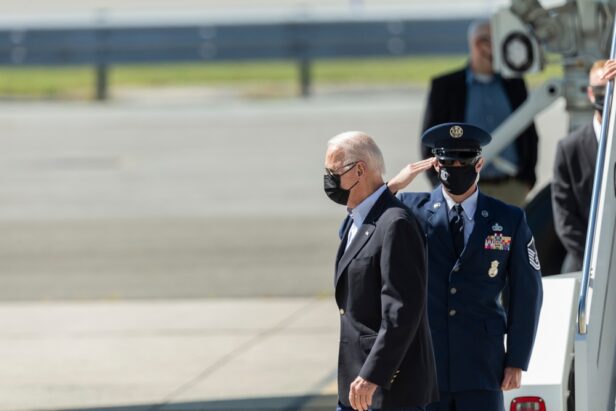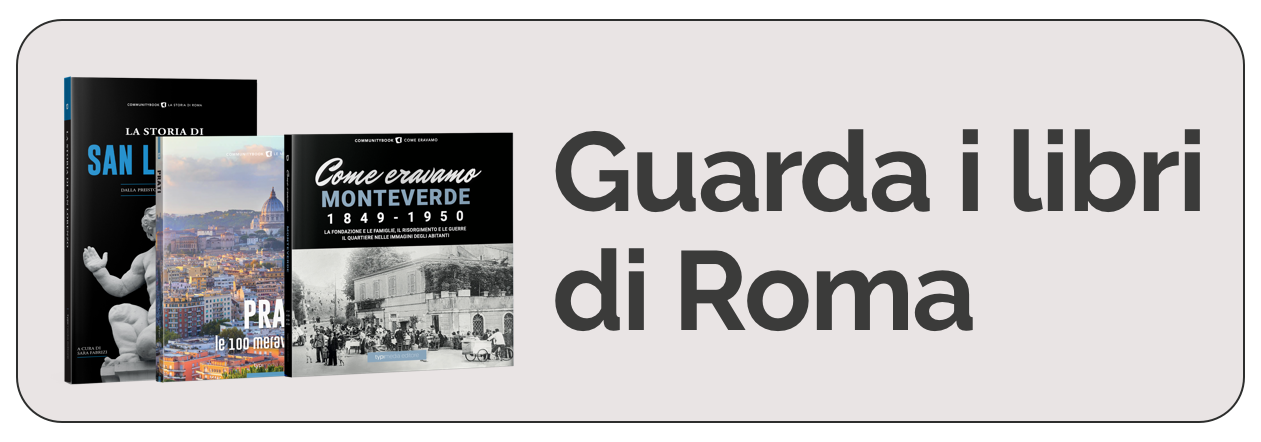30 Ottobre 2021 - 10:11 . Cronaca
Behind the scenes of the US president’s visit to Rome

by Vincenzo Fenili *
READ: The italian version/LEGGI: La versione in italiano
On occasions such as the G20 to be held in Rome these days, the problem of the safety of the world leaders and their staff truly becomes a monumental challenge, also in consideration of the urban and geographical peculiarities of our city.
If it is, first of all, necessary to guarantee an effective protection shield for these potentially very high risk individuals, it is equally necessary not to paralyze the capital city and to manage at best the problems related to the access / egress routes (including emergency ones) to the various meeting places, not always easily manageable and often very busy.
In an ideal (but unrealistic) scenario, all the routes used by the Vvips (Very Very Important Persons) convoys should be cleared of all traffic, including pedestrian traffic, parked cars and assorted obstacles with the roofs of buildings manned by anti-sniper teams; in addition, helicopters with special police operators should monitors the convoys from above, thus ensuring a protection bubble capable of eliminating (almost) all risks.
Not to be forgotten is the underground of Rome which is to be considered another city under the city which often dates all the way to the pre-Christian era: tens of miles of tunnels, caves, temples and even underground rivers make it an immense space. It is therefore necessary to pay a lot of attention to this vast underground environment which would need to be patrolled by details of security forces to prevent, for example, the placement of Ied (Improvised esplosive device) under the many manholes that are found on the routes of the convoys. This scenario is practically unattainable because it would mean not only paralyzing Rome but literally moving thousands of Romans from their places of residence and work: as usual, the best compromise is always the one that can maximize the unusually high security requirements but minimize as much as possible the inevitable inconveniences for the residents.
Without going into the details of the safety measures used on such an important event, it is important to understand how much goes into the planning of a situation of this type by our law enforcement and armed forces and the obvious, great difficulty in coordinating the various aspects of this complex undertaking. Traveling by car and those, rare but unavoidable, moments on foot are the moments of highest risk for these personalities, their assistants and obviously for the members of the close protection teams. Less at risk are the meetings in the “palaces of power” where all the participants are in confined and powerfully manned places, even if not totally sterilized of pitfalls.
As an example, let’s remember what happened in 1981 in Cairo when President Anwar el-Sadat was killed during a military parade in a theoretically risk-free environment. Some soldiers participating in the parade got out of a truck and “sprayed” the president with AK-47s, without his close protection team carrying out any elementary protection tactics, despite having had plenty of warning: it is worth remembering that Sadat’s security had been trained by the CIA and some of its agents were present at the scene. But this is another story.
Obviously the routes of the convoys are carefully planned and suitably timed in order to avoid overlapping and needless wastes of resources intended for their protection: not many details are provided to the press in advance and the number of people who have precise information on the timing and the actual itinerary is kept to a “need to know” basis. But these precautions also contain inevitable flaws. If, for example, “opening” traffic on the Fiumicino-Rome highway is relatively easy, everything becomes more complicated if the head of state lands at the Air Force Pratica di Mare airport (the Pontina road can be a nightmare just on a regular day of the week) and then things get even more complicated when one enters the city: the access roads to Villa Taverna (residence of the American ambassador where, at least officially, the visiting US president is staying), to the Vatican, the Quirinale and so on are extremely difficult to manage in order to guarantee maximum safety. Romans know this areas only too well!
The chance of an IED (improvised explosive device) detonated at a distance is remote but always a possibility and it is almost impossible to preventively remove every car, parked or not, garbage container, etc. The scanners / jammers of the security details work on the detonators’ same frequencies and can black them out: in fact, it is well known that when the US president’s convoy passes, all electronic device, including cell phones, stop functioning within a fairly large area…but the threat remains lurking.
The “level of intensity” of the security blanket also depends largely on the level of the dignitaries. It is to be expected that this weekend it will be at its peak: in the case of President Biden, the number of vehicles of the security team and the small army of Secret Service agents that make it up will be massive. The same is most likely true of the teams charged with protecting all the other leaders. Another formidable challenge for our security forces is represented by the necessary harmonization between our special forces protocols and those of the security teams that every Vvip brings along.
The spearhead of our staff is made up of the excellent members of the GIS (Special Intervention Group) of the Carabinieri and the NOCS (Central Operational Security Unit of the State Police): both units are world-class excellences and their level of training and preparation is recognized internationally. The operators of these units carry out joint training with similar units from other countries in order to continually refine their operational level and employ extremely sophisticated equipment.
The only limitation lies in the numerical consistency: it is not known exactly how many operatives the Italian special units can count on, but it is estimated about 100-120 each. The staff of the American Secret Service which deals with the protection of the President amounts to several thousands in total and to these must be added the estimated 2,500 members of the Diplomatic Protection Service, obviously not all of them employed in Rome these days. The exceptional quality of our operators partially compensates for the small numbers but for sure their resources will be severely stretched during these events.
Among the challenges in harmonizing all these operational elements there is also the actual “philosophy of use”: our operators are extremely careful to limit the use of lethal force in the event of a dramatic emergency in order to neutralize any attackers but also reducing as much as possible the “collateral damages” to any subjects who may be at the site of the emergency. This operating standard paradoxically requires even more intensive training in order to guarantee the safety of the protected in any environment and situation using lethal force in an absolutely surgical way: the same methodology is not always shared by other similar foreign units that consider “collateral damage” as the inevitable consequence of saving the life of the leader entrusted to them.
What we will experience in Roma in the next few days will be a short period of some inevitable discomfort, mainly due to traffic jams and complicate access to some places in our city, but it is much more interesting to think about what we will not see. A truly significant number of plainclothes operators of the various police forces, also from other cities and regions, have already peacefully invaded Rome for several days in order to ensure increasingly wider concentric rings of security throughout the city and not only in the areas affected by the G20. If it is well known that the security of a political leader is made up of “rings” of operators that surround him or her, some visible others completely invisible, this same concept is exploited in our city with the presence of small plainclothes patrols that actually saturate the environment in order to guarantee the safety of everybody in a discreet but very efficient way.
There will obviously be anti-sniping units on the roofs of the most sensitive areas, bomb squads at work both on the surface and in the vast underground of Rome. We will see and hear many helicopters in flight and I know that even the air force fighters will patrol our skies, perhaps at high altitudes and out of sight but ready to intervene in case an aircraft deviating even very slightly from its authorized flight route to and over the capital: September 11th is no longer a recent memory, but a warning not to be forgotten. In the end , we citizens will accept the inevitable hardships with serenity, hoping that global leaders will make those urgent decisions that we all expect from them.
(Vincenzo Fenili is a security expert and former undercover agent working for various Italian and NATO intelligence services. Under the pseudonym of Kasper he wrote, together with Luigi Carletti, the autobiographical novel “Supernotes”, published by Mondadori in 2014).







